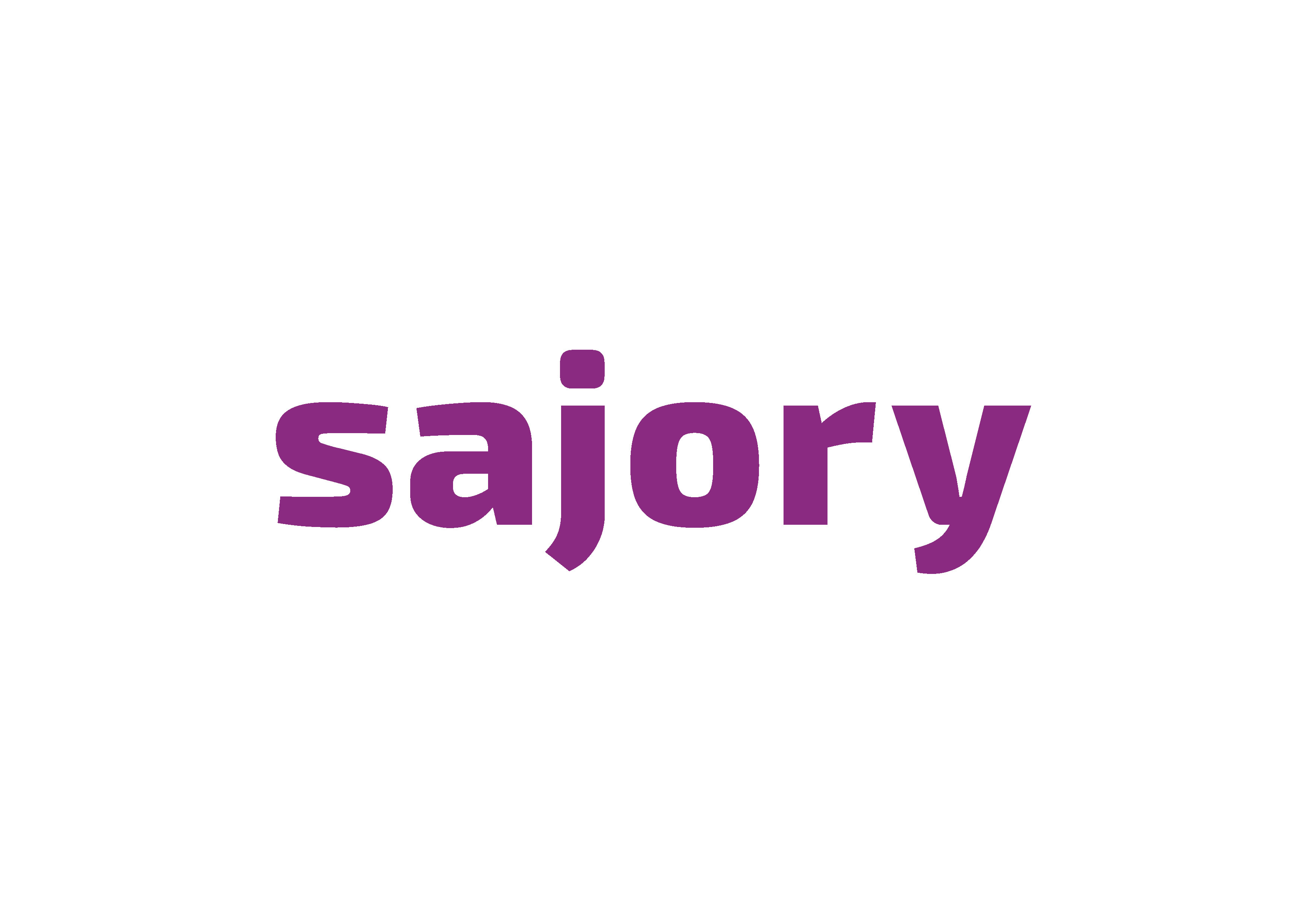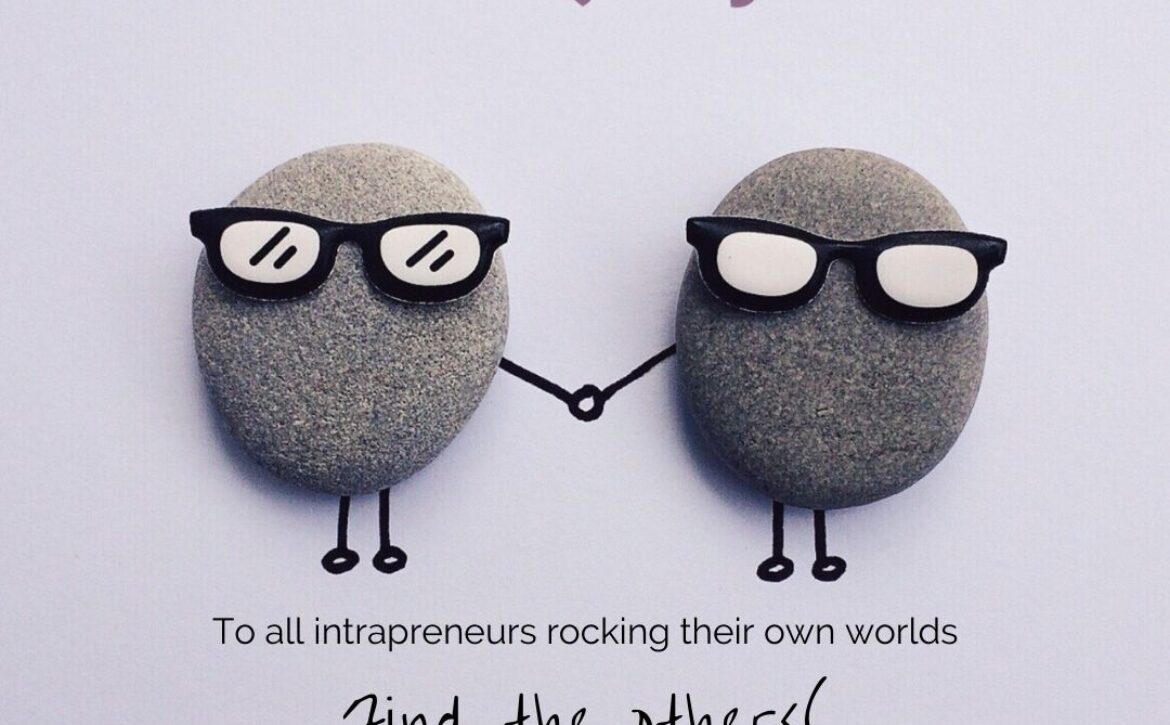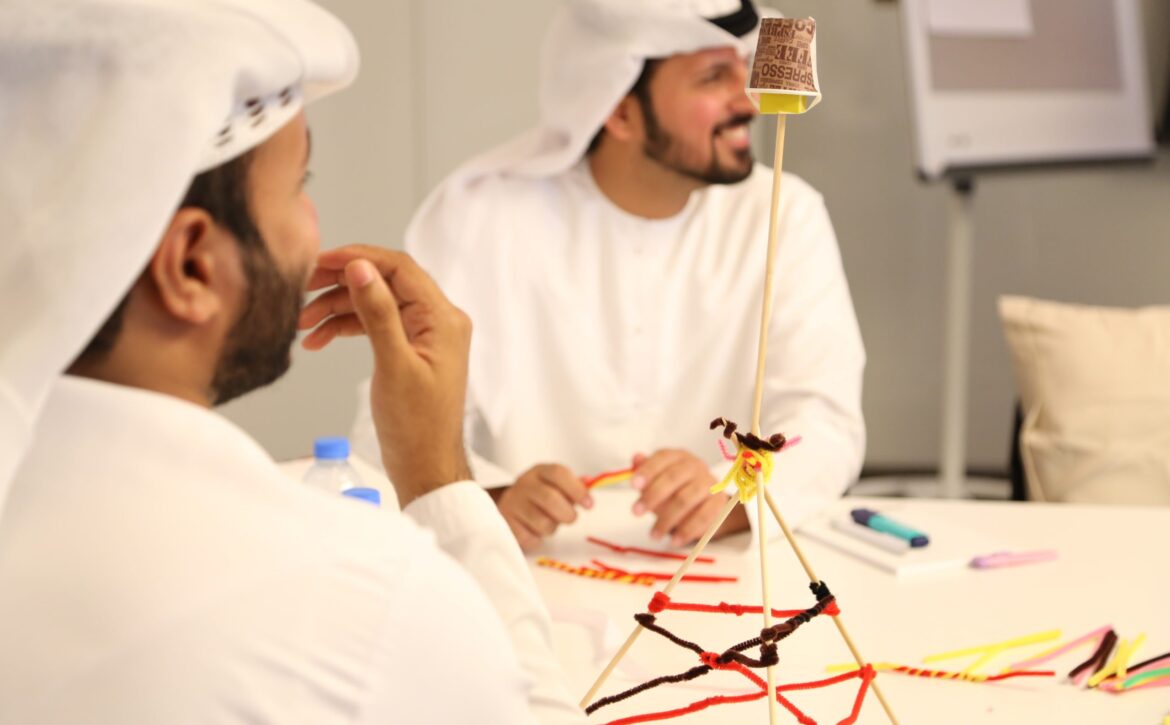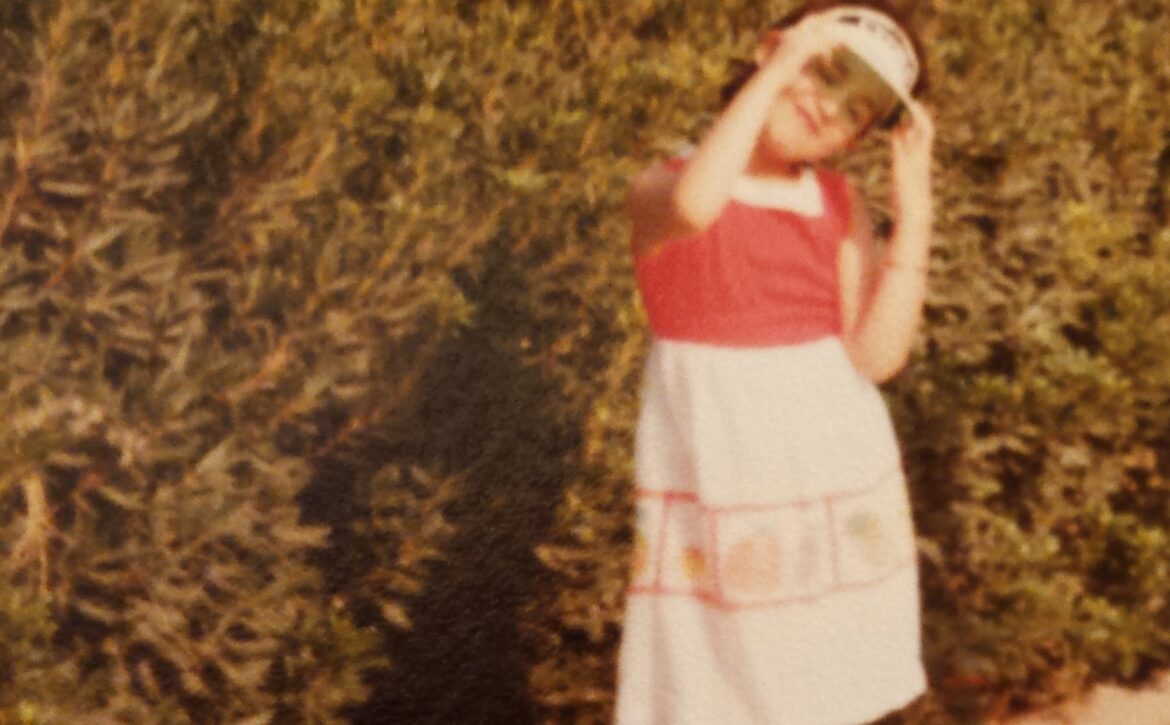How NOT to have what you want
A simple mind hack that to help you start flowing with ideas is to switch things upside down (or inside out) and ask the question again with that new “negative” perspective.
Rather than asking yourself “How can I finish all what I need to do this week on time?”, simply say “How can I make sure that I get nothing done this week?”.
List all the ways that answers this flip question. From sleeping all night and taking multiple naps, to making sure you don’t delegate a single things to not prioritizing any task.
Then, one by one, convert those ideas into your current situation and see how you can figure things out with this new perspective in the background. How can you really finish everything on time? Do you have to finish them all?
we default to negative thinking by nature. We immediately find faults in others’ ideas and we can see why things will not work out, because, we tell ourselves, we are experts and we have tried something similar before, and it didn’t work out. So this is how we use this negative thinking to our advantage. You’ll see that your brain will have no problem whatsoever thinking of ways that things will not work. Let it do its magic.
Here’s another example with the new question in place:
How can you make sure you offer the worst customer service ever possible? What are all the ways you need to do in order to drive customers away?
Go.





